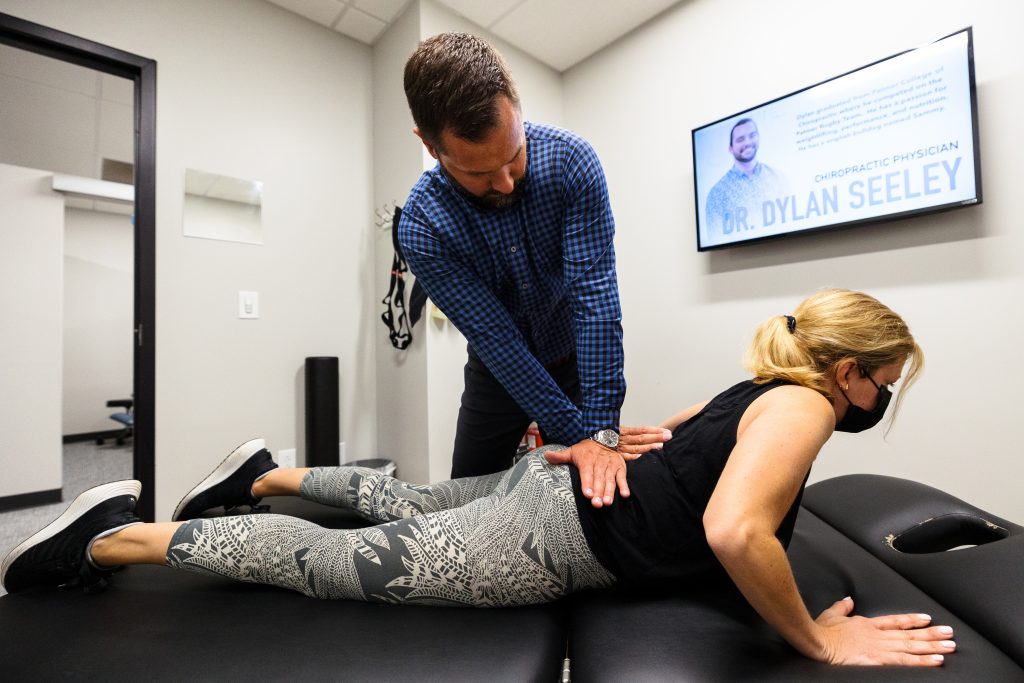Coccydynia, commonly known as tailbone pain, can be a distressing and debilitating condition affecting the coccyx, the small triangular bone at the base of the spine. This pain can result from various causes, such as trauma, repetitive strain, or poor posture. While traditional medical treatments may provide temporary relief, chiropractic care offers a holistic and non-invasive approach to address the root cause of coccydynia. In this blog post, we will explore the causes and symptoms of coccydynia, delve into the benefits of chiropractic care for tailbone pain, and understand how this advanced treatment can lead to long-lasting relief.
Understanding Coccydynia
Coccydynia occurs when the coccyx becomes inflamed, injured, or misaligned. Common causes of coccydynia include:
a) Trauma: Falls, accidents, or direct impacts to the tailbone can lead to coccyx fractures or dislocation, resulting in chronic pain.
b) Repetitive Strain: Engaging in activities that put excessive pressure on the coccyx, like cycling or horseback riding, can contribute to coccydynia.
c) Poor Posture: Prolonged sitting with improper posture can strain the coccyx, leading to inflammation and pain.
The Role of Chiropractic Care
For individuals suffering from coccydynia, chiropractors take a comprehensive and patient-centered approach to provide relief and addressing any underlying mechanical issues related to the pain.
a) Thorough Assessment: Chiropractors conduct a detailed examination, which may include physical assessments, digital imaging, and reviewing the patient’s medical history. This helps identify the root cause of coccydynia and guides the development of a personalized treatment plan.
b) Spinal Adjustments: Chiropractic adjustments involve gentle and controlled manipulation of the spine to reduce joint stiffness and mechanical load. In the case of coccydynia, targeted adjustments can alleviate tension in the tailbone region, leading to reduced inflammation and pain.
c) Soft Tissue Therapy: In addition to spinal adjustments, chiropractors may use soft tissue techniques, such as myofascial release, trigger point therapy, and massage, to relax tense muscles and reduce pressure on the coccyx.
d) Postural Education: Chiropractors educate patients on proper posture and body mechanics to prevent exacerbation of coccydynia and promote long-term healing.
e) Dry needling: dry needling is an effective tool to reduce the tension in the soft tissues surrounding the tailbone.

Coccydynia can significantly impact an individual’s quality of life, but chiropractic care offers a promising and holistic solution for long-term relief. By understanding the root cause of coccydynia and employing advanced chiropractic techniques, chiropractors can make a significant impact in improving the lives of individuals suffering from tailbone pain. Embracing a patient-centered approach, chiropractors can establish themselves as trusted providers of coccydynia relief and promote the benefits of chiropractic care in restoring spinal health and overall well-being.

Recent Comments